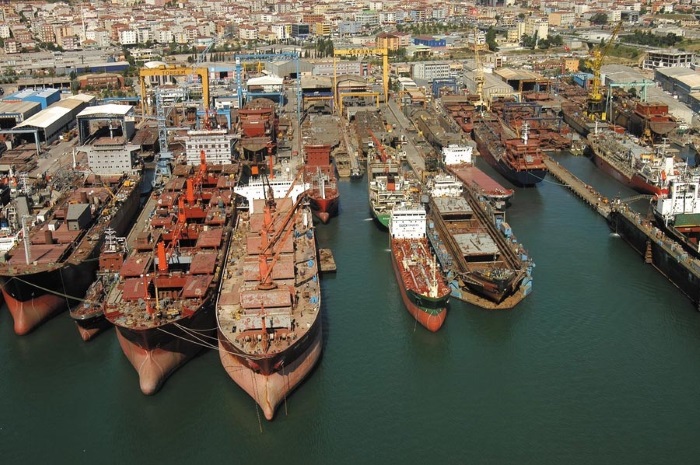Shipping is always full of developments and this past week is no different. In its latest weekly report, shipbroker Xclusiv said that “the beginning of 2023 has seen the wet market wobble as the BCTI has lost around 66% within the 20 first days of January and BDTI has also fallen about 25% in the same period. Lots of voices of concern are rising about the wet market, and the tanker S&P market, but panic is not the best consultant in economy and in life in general”.
According to the shipbroker, “studying the market of large tankers, it is observed that the indices fall and the turmoil of the market in general has not affected all the types of tankers. The 5Y old second hand prices for large crude oil tankers like VLCC, Suezmax and Aframax, are still high without showing any significant signs of correction. And not only that but their prices are at the highest levels of the last decade and their price trend is mainly upward since January 2013. Within the last decade indices have seen much higher levels than today but the S&P prices didn’t achieved today’s levels. Looking also at the newbuilding prices for VLCC, Suezmax and Aframax, it is also notable that their numbers are also at highest levels since January 2013, with a price rally started 2 years ago. The gradually increasing construction cost, the closing of many yards and the pandemic have created an upward trend in the newbuilding prices in general. Speaking of the market and freight rates, it is also interesting to take a look at the 1Y TC for big tanker vessels. As it can been seen in the graph, Suezmax and Aframax 1Y TC rates are also on ten year high while VLCC 1Y TC rates are staying in quite high levels. The Russian sanctions have played a major part in creating a somewhat two tier market, as many western countries search for alternative crude oil trade routes adding tonne miles to the trade and many older ships stay into carrying Russian oil mainly to Asia, driving the demand for newer vessels higher while the supply is steady at the best”.
Xclusiv added that “talking about new and old vessels, India came to shake things up with a decision about shipping. The Indian government is set to pose age restrictions for ships entering its ports. Under the new rules no bulk carrier, tanker or general cargo ship aged 25 or older will be allowed to call at Indian ports. For gas carriers, offshore vessels and container ships the age limit will be set at 30 years. Is this decision capable of changing the seaborne trade map? Looking the trade data, India is a “small” giant which is responsible for the 17% of the world seaborne iron ore trade, 19% of the world’s seaborne coal trade and 2% of the world’s seaborne grain trade. On the wet market, India is responsible for the 12% of the world’s seaborne crude oil trade and 7% of the world’s seaborne oil product trade”.
“Taking into consideration that about 7% of the bulker fleet and almost 4% of the tanker fleet is older than 21 years old, how this decision of the Indian government will shift the seaborne trade “map” and how it will affect the rates and the supply / demand of vessels is yet to be seen. In the Container sector, the vessels that are near or older than 30 years old are a small majority (only 3% of the container fleet are vessels older than 29 years old) and taking into account the big newbuilding orderbook that has already begun deliveries, the container market probably will stay unaffected. As for the Gas carrier sector, India’s LNG imports are the 5% of the world seaborne LNG trade while India’s LPG imports are 15% of the world seaborne LPG trade. Despite the fact that almost 11% of gas carrier fleet is older than 29 years old, the really high order book (about 20% of the fleet) suggests that this market will not be significantly affected by India’s new policy”, the shipbroker concluded.
Source: Hellenic Shipping News





